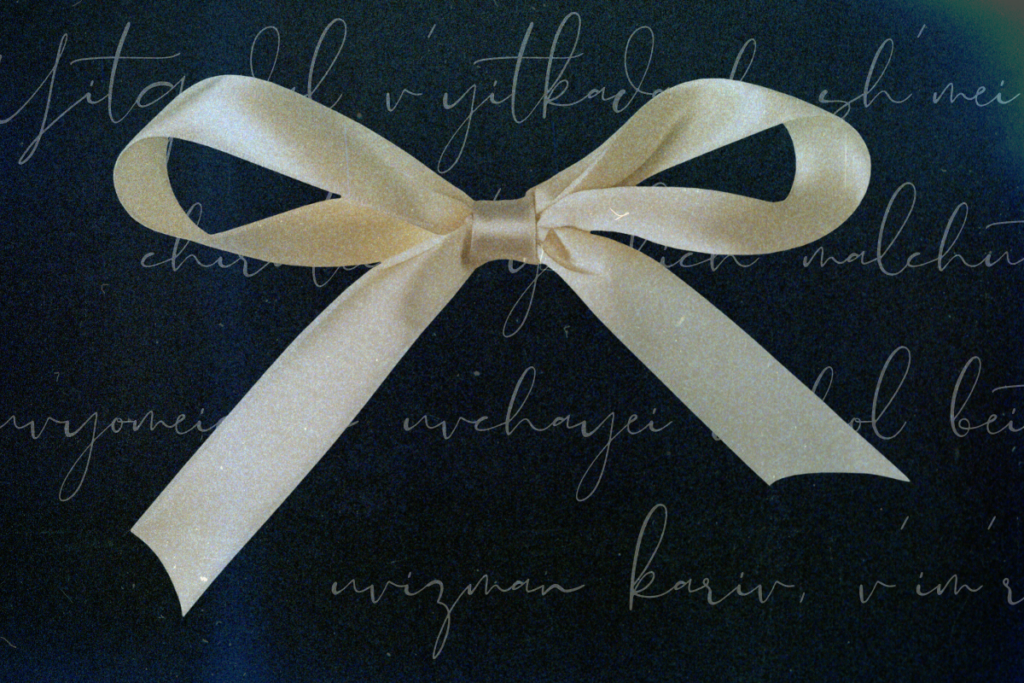Death
“You know, Mom, this is really weird,” my child said to me, pointing to the framed braid that hung in our upstairs hallway.
“You know, Mom, this is really weird,” my child said to me, pointing to the framed braid hanging in our upstairs hallway. Although I had never seen a framed braid anywhere other than its previous location—the upstairs hallway of my parents’ house—I never thought about my hair again until my children kindly pointed it out to me.
Unlike them, I was of course very familiar with the backstory.
As the long-awaited first girl after three boys, I had a privileged position in the family. My brothers mostly loved me to bits, and my parents were pretty soft in my young hands. I just wanted to be with Mom, and in return she could indulge in the fun of finally having a daughter. Not only did I get pretty dresses from Youngland’s, the nicest children’s store in Portland, but I also had my long hair, which Mom painstakingly washed, untangled, and brushed. By the time I got to first grade, I could sit on the tips – on the rare occasions I was allowed to wear it down. Otherwise, I wore it in a long, thick braid. On special occasions, she carefully wrapped it on my head like a crown, and I was truly a princess.
Things change. When I was seven, my long-awaited little sister was born. Mom now had five children to look after and caring for my hair took a lot of time. The hairdresser hesitated before cutting my hair, but we firmly told her to do it. In a flash, it was all gone. Mom rushed the braid to a frame shop and a few weeks later it was there, all 15 inches of it preserved under glass. A yellow velvet ribbon held the top and a matching bow the bottom. During one eventful year, I was no longer the only daughter and the youngest child; my braid was gone, replaced by a hairstyle that ended in a flip, in the best style of 1963. I also got glasses (horn-rimmed glasses) adorned with an eye patch to correct my squinting eye. I was a wreck.
But the braid remained hanging on the wall.
What was Mom thinking?
In the 19thth In the 18th century, it was customary to place a lock of hair from a deceased loved one in a memorial box. Was my braid an echo of this practice? And if so, who was Mom memorializing with it? It must have been the little girl I once was. What does this say about the living, older version of myself?
As my parents grew older, we started talking about what items we wanted out of the house when they died. I quickly realized two things: I couldn’t keep the braid, and I couldn’t throw it away.
My mother was suffering from dementia. She was still there, but we had lost her. Hours after my sister called to tell me that my mother was having trouble swallowing and sleeping a lot, I was already on a plane from Michigan to Oregon. Through my years of work as a hospice chaplain, I had recognized the warning signs. I arrived there on Thursday night. By Sunday she was dying.
It was Tisha B’Av, the ninth day of the Jewish month of Av, a day of fasting and mourning for the destruction of the Temple in Jerusalem. It is customary not to go to the hairdresser for the three weeks preceding it, and as usual I had forgotten to get my hair cut beforehand. I realized that after my mother’s death I would not be able to go to the hairdresser for a month. I was once again at my wits’ end.
That Sunday morning, I sat beside her for hours, singing all the songs she loved: prayer songs, the old Israeli pioneer songs, and her favorite Broadway songs: “I Feel Pretty,” “Oh What a Beautiful Morning,” and “I Could Have Danced All Night.” One song flowed seamlessly into another. I brushed my hair out of my eyes and thought, “Mom, couldn’t you wait one more day so I can at least cut my bangs?” Immediately, a wave of guilt hit me: “Are you still bugging her…now?” I added, “I’m sorry, Mom. Do what you have to do.” Within minutes, her breathing changed, a pause between each breath—a pattern I knew all too well. The pauses grew longer, she took a few more breaths, and died.
I found some bobby pins, brushed the hair out of my eyes, and resigned myself to the messy look. As I was combing my hair that night, the idea came to me that I could grow my hair out and donate it in memory of my mother. I think she would have liked that. About a year later, it was finally long enough to donate. I held the cut ponytail in my hands for a moment, put it in an envelope, and mailed it.
A few years later, my father died and we were faced with the task of clearing out the things that had accumulated over 50 years from their house. I took the framed braid home and hung it in the upstairs hallway. My mother’s memory of the little girl I once was now reminds me of how much she loved me.

